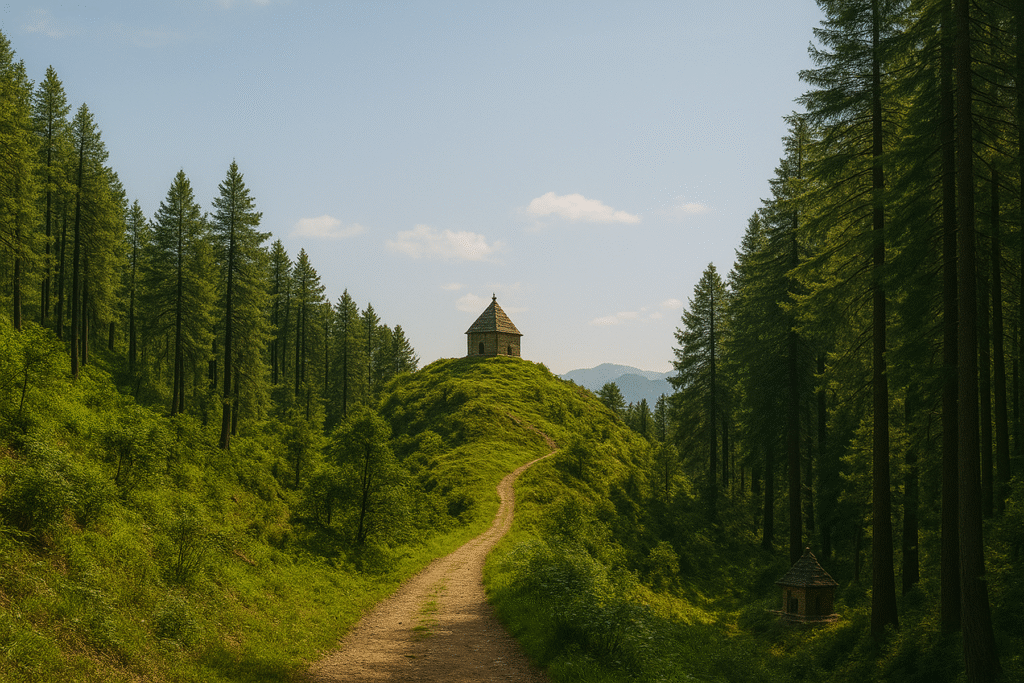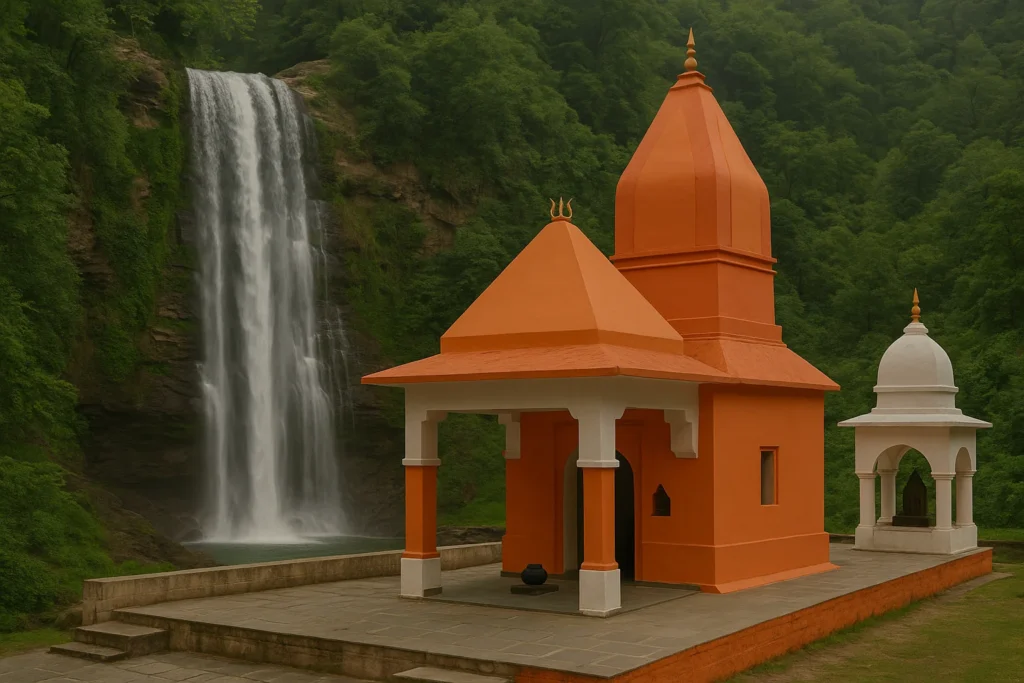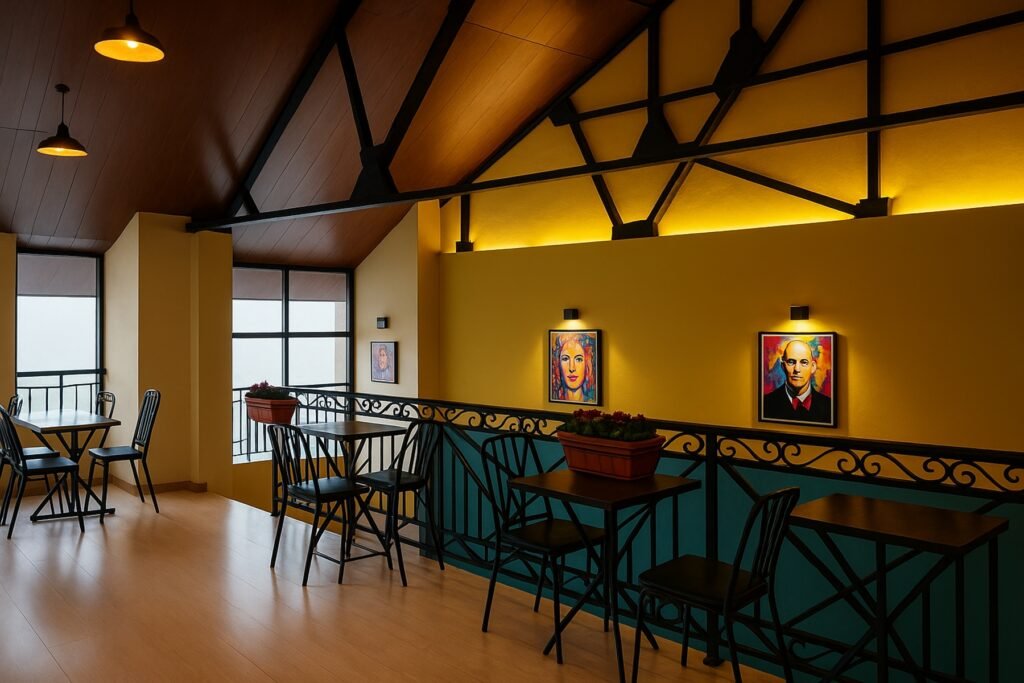Introduction
Nestled in the lap of Himachal Pradesh, the Karol Tibba Trek in Solan is a perfect blend of history, spirituality, and natural beauty. If you’re looking for an offbeat yet rewarding adventure in the Shivalik range, this hidden gem should be on your bucket list.
About Karol Tibba
Karol Tibba is the highest peak in the Solan region and part of the Mahasu ridge of the outer Himalayas. Located approximately 5 km from the Solan town center, the trek begins from the quaint village of Chambaghat. This moderately easy trail is suitable for beginners and nature lovers.
Trek Details
-
Starting Point: Chambaghat, Solan
-
Trek Distance: ~5.5 km one way
-
Difficulty Level: Easy to Moderate
-
Elevation: ~2,250 meters (7,382 feet)
-
Time Required: 3–4 hours (one way)
Route Highlights
The trail meanders through dense pine and deodar forests, offering panoramic views of the Solan Valley. En route, you’ll encounter lush greenery, chirping birds, and the peaceful sounds of rustling leaves. The most fascinating part? The Karol Cave, believed to be one of the oldest and longest caves in the Himalayas, associated with the Pandavas from the Mahabharata.
Mythology & Spiritual Significance
Locals believe that the Karol Cave was once used by the Pandavas during their exile. The Karol Temple at the peak is dedicated to Lord Shiva and becomes a hub of local devotion during Shivratri.
Best Time to Visit
-
Spring & Summer: March to June
-
Autumn: September to November
Avoid monsoons due to slippery paths and winter snowfall unless you’re an experienced trekker.
Things to Carry
-
Comfortable trekking shoes
-
Water bottle & light snacks
-
Light jacket
-
Camera or phone for stunning captures
-
Basic first aid
Why You Should Go
Whether you’re a photographer, a trekker, or a spiritual seeker, Karol Tibba offers something for everyone. It’s the kind of place where nature’s silence speaks louder than city noise.
Conclusion
If you’re planning a quick getaway from Chandigarh, Shimla, or even Delhi, the Karol Tibba Trek in Solan is a must-experience. It’s not just a walk in the forest—it’s a walk into history, myth, and the soul of Himachal.



